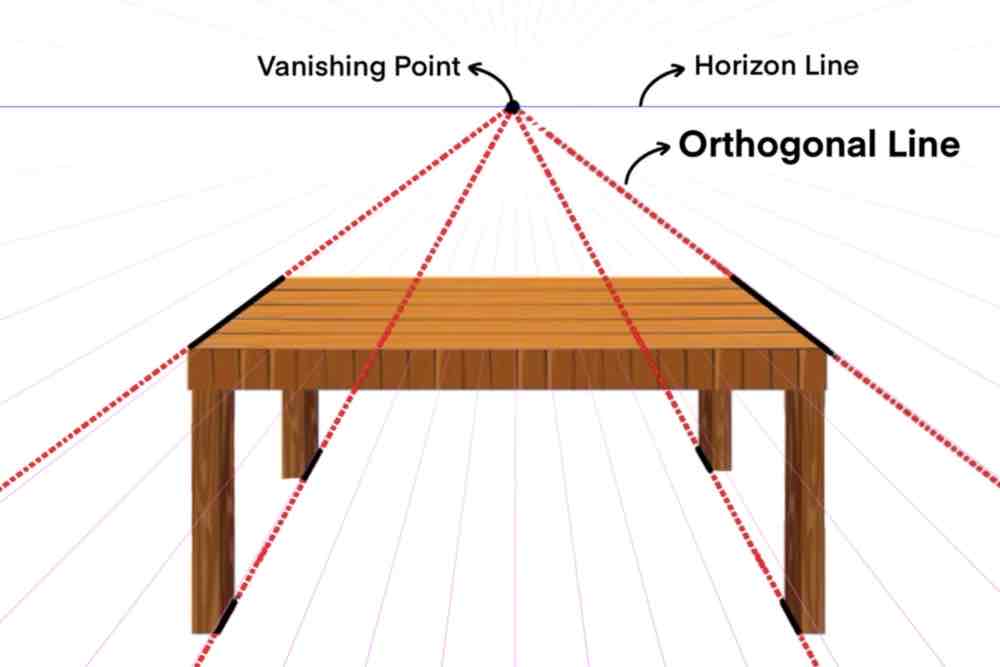Renaissance to Modern Art: 14th-15th Century: Test 1: Term Definitions
1/11
There's no tags or description
Looks like no tags are added yet.
Name | Mastery | Learn | Test | Matching | Spaced |
|---|
No study sessions yet.
12 Terms
Intuitive Perspective
how an artist depicted depth in an artwork prior to the mathematical perspective developed during the Renaissance.
Atmospheric Perspective
An artistic technique that creates the illusion of depth and distance by making distant objects appear less clear, paler, grayer/bluer than nearby objects.
This is because the atmosphere scatters light, making faraway objects appear duller and lighter, and with less detail.
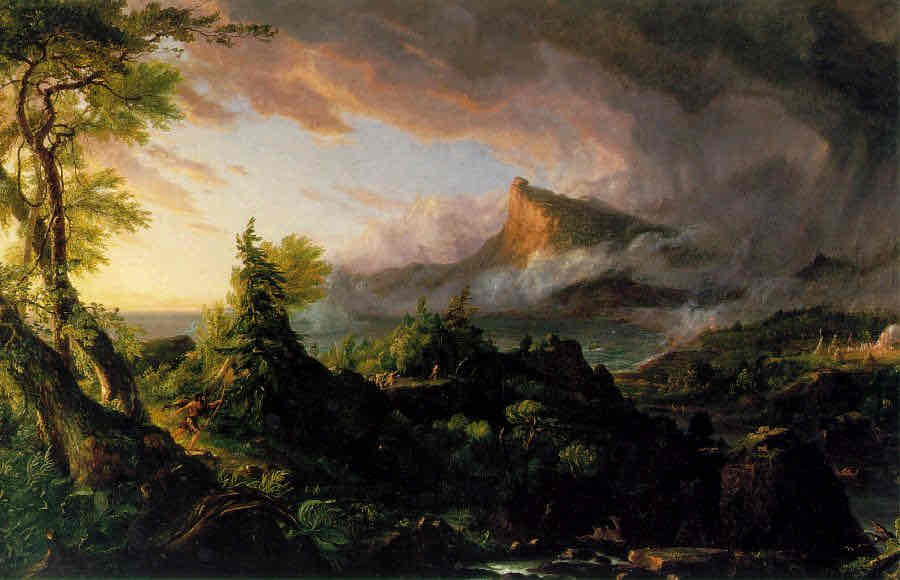
Linear Perspective
An artistic technique that creates the illusion of depth and space on a flat, two-dimensional surface. It’s based on a mathematical system that tricks the eye into perceiving a picture as three-dimensional.
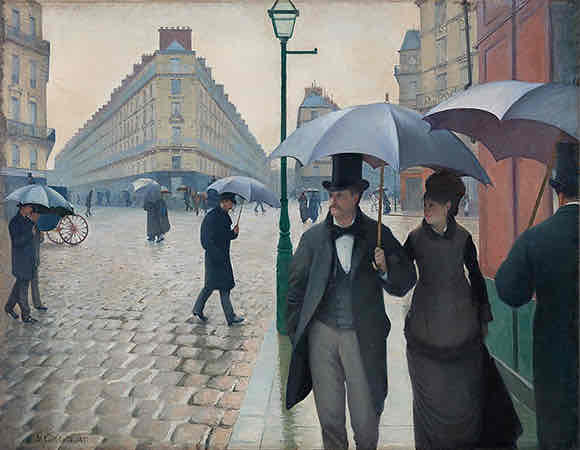
Diptych
A work of art that is made up of two panels or sections that are joined together or displayed side by side.
They are often used as small altarpieces in Christian churches and the panels can depict related but different scenes.
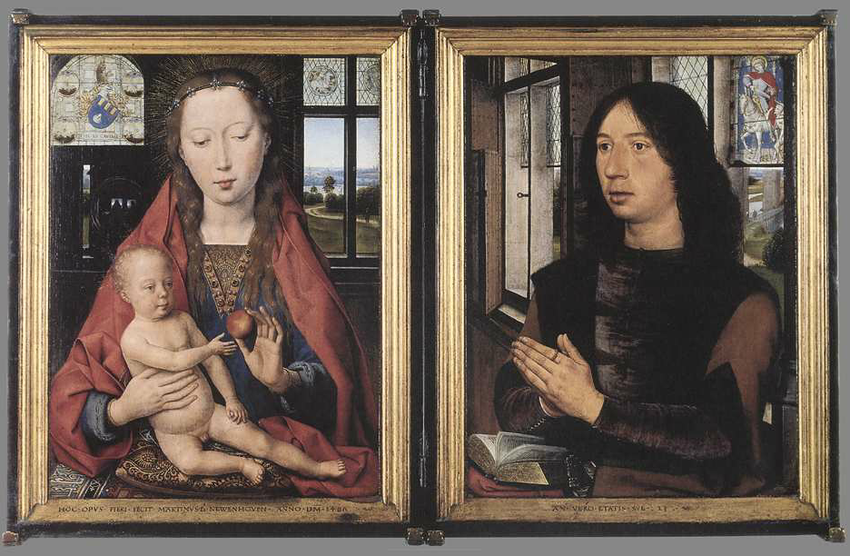
Triptych
A work of art that is made up of three panels or sections, usually paintings or photographs.
Intended to be displayed together and consisted of a substantial Centre with two adjoining smaller wings, which could be folded to protect the panels on the inside.
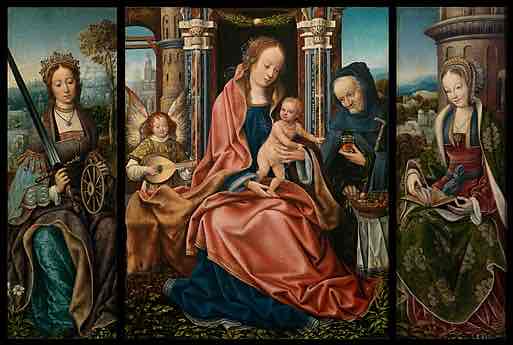
Grisaille
A painting technique that uses a palette of different shades of gray, to create a monochromatic effect.
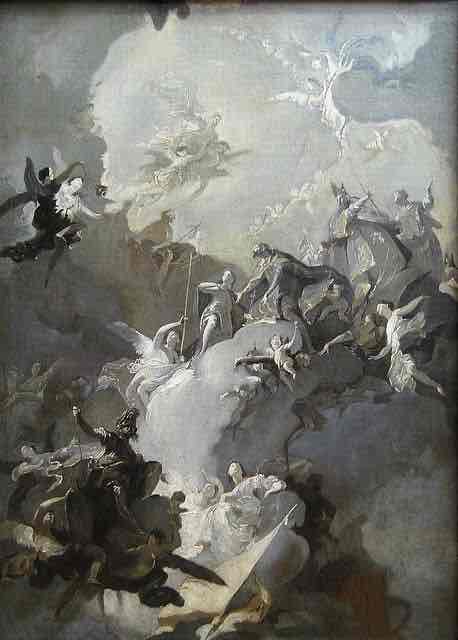
Palazzo
An architectural style that originated in Italy during the Renaissance period. Characterized by symmetrical floor plans, decorative facades, and the use of classical elements. Often used in the construction of grand residences, government buildings, and other significant structures.
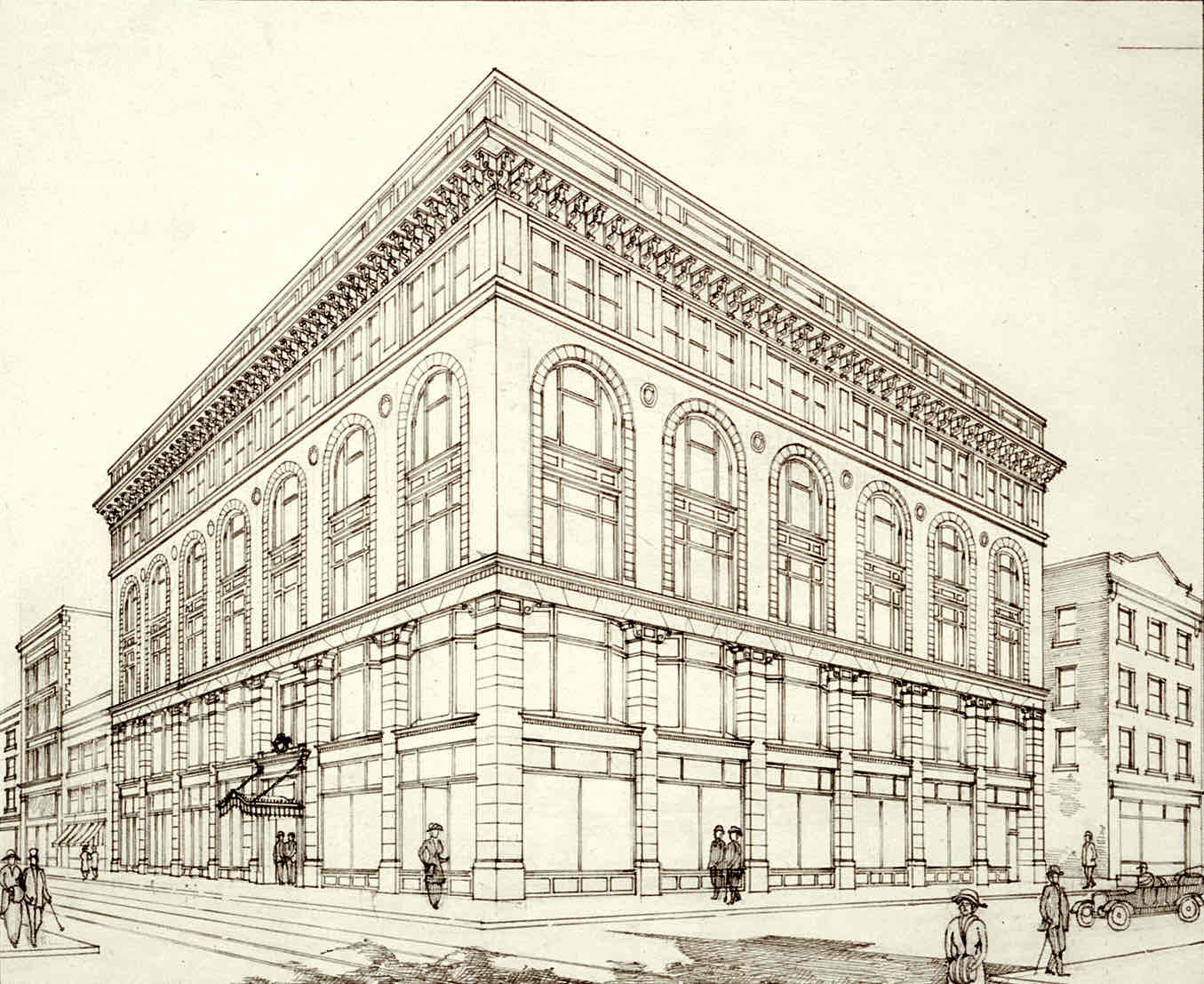

Trompe-l’oeil
An artistic technique that depicts highly realistic optical illusion of three dimensional space and objects on a two dimensional surface. “To trick the eye” or “Trick of the eye.”
Giornata(e)
The amount of painting that can be completed in a single day when using the Buon Fresco technique (wet plaster-dries hella fast-gotta work hella fast before plaster dries). “A day’s work.” Can have visible smudges or blotches.
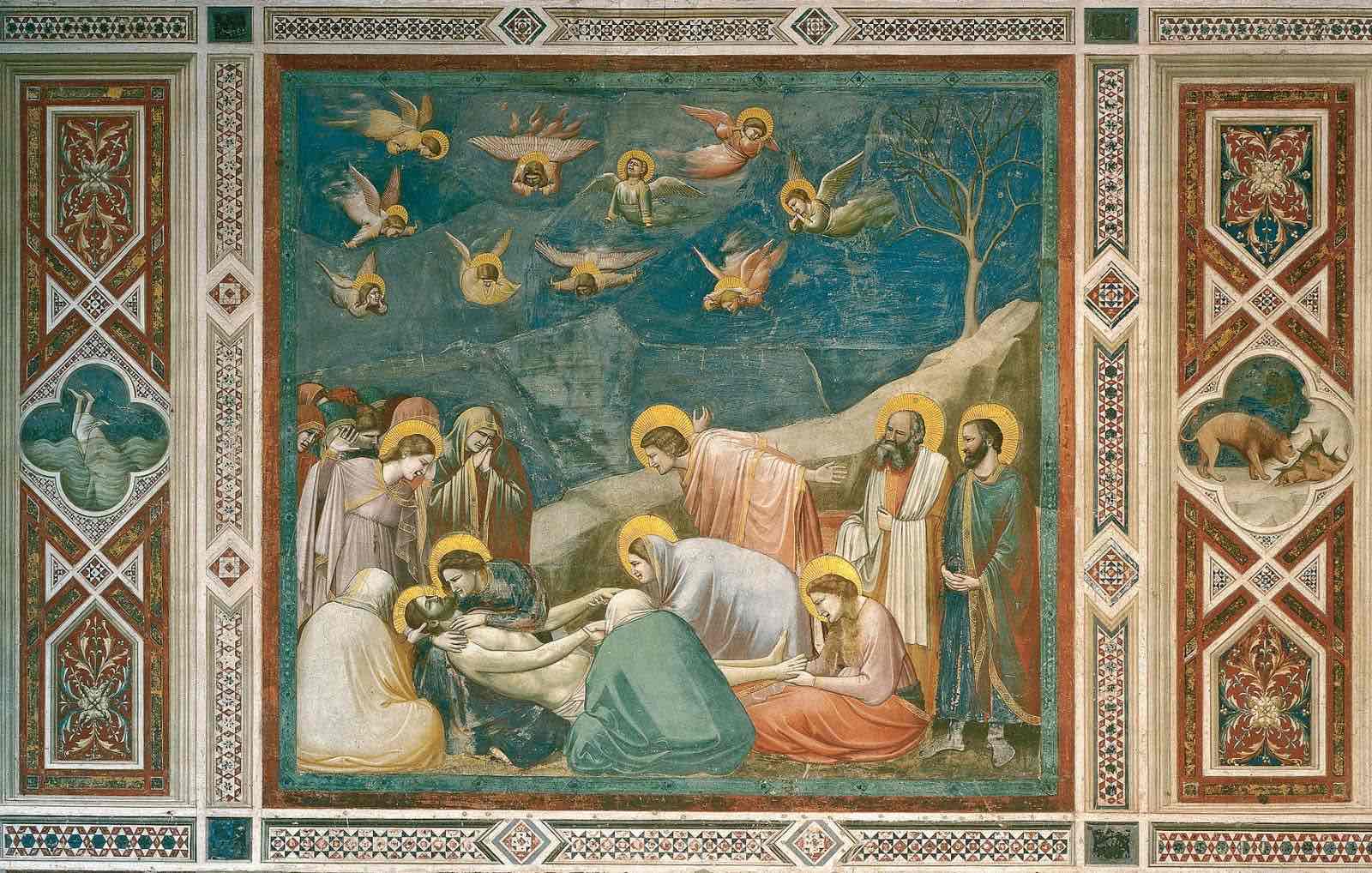
Rustication
A decorative masonry/architectural technique achieved by cutting back the edges of stones to a plane surface while leaving the central portion of the face either rough or projecting markedly. It creates a bold, textured surface for exterior walls.
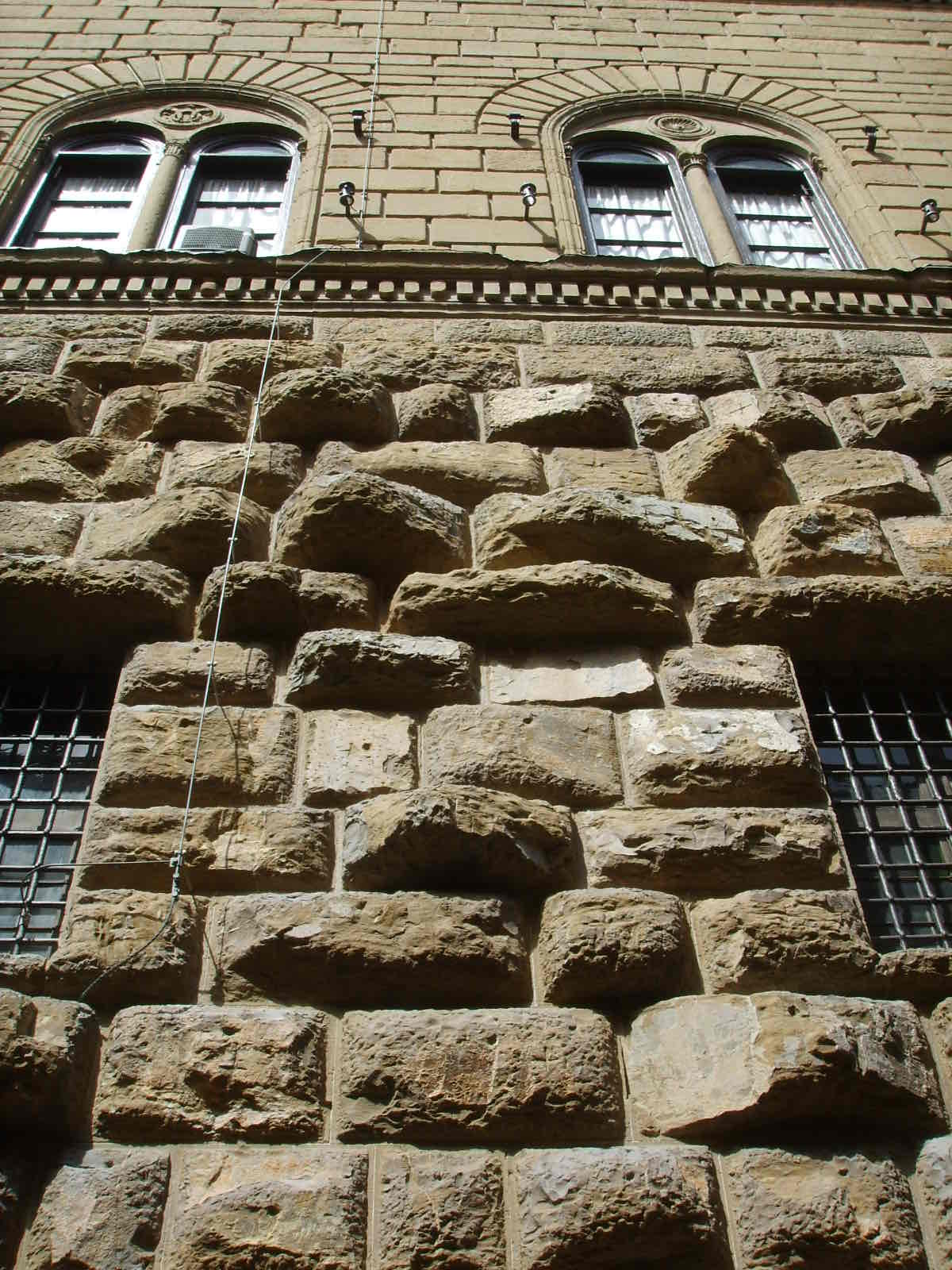
Woodcut
A printmaking technique that involved printing an image from a carved image plaque of wood.
The image is cut into the wood using tools such as chisels, gouges, and knives. Raised or carved areas can be inked and printed. While sometimes cut away or recessed areas do not get ink and appear blank on canvas or paper.
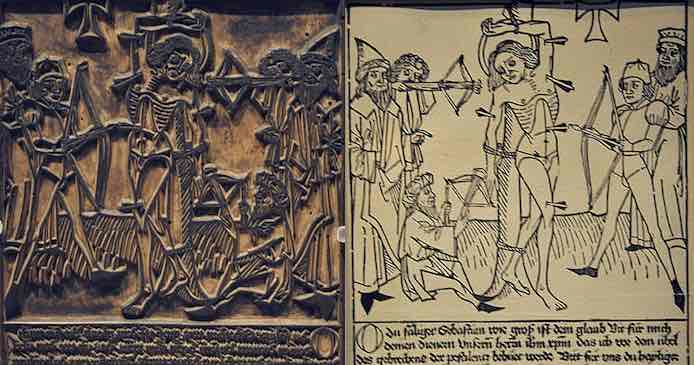
Orthogonal
Imaginary lines used in linear perspective that create the illusion of depth and three dimensionality on a two dimensional surface. They are perpendicular lines that recede into the distance and point to the vanishing point.
